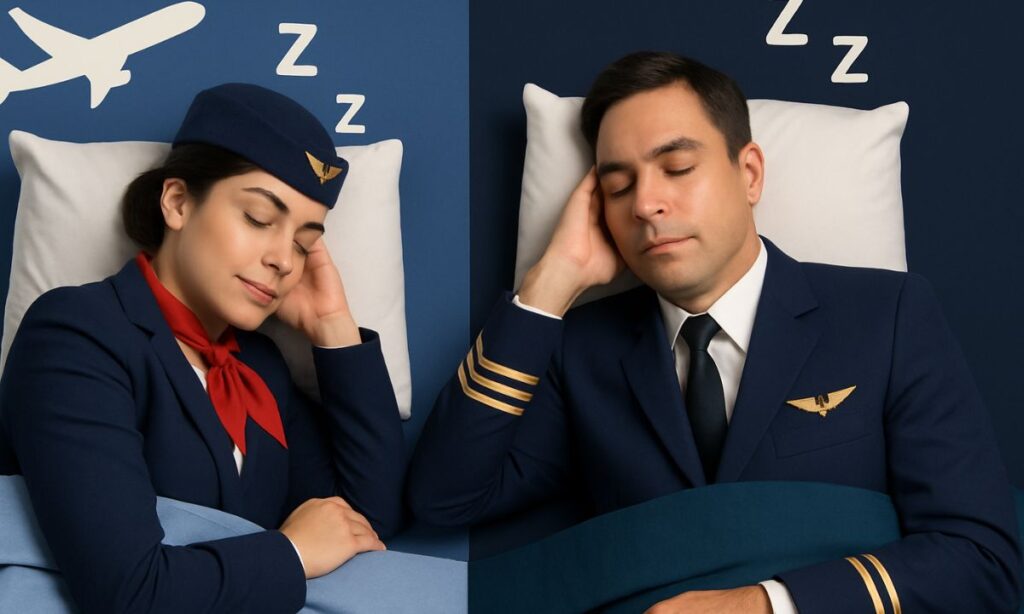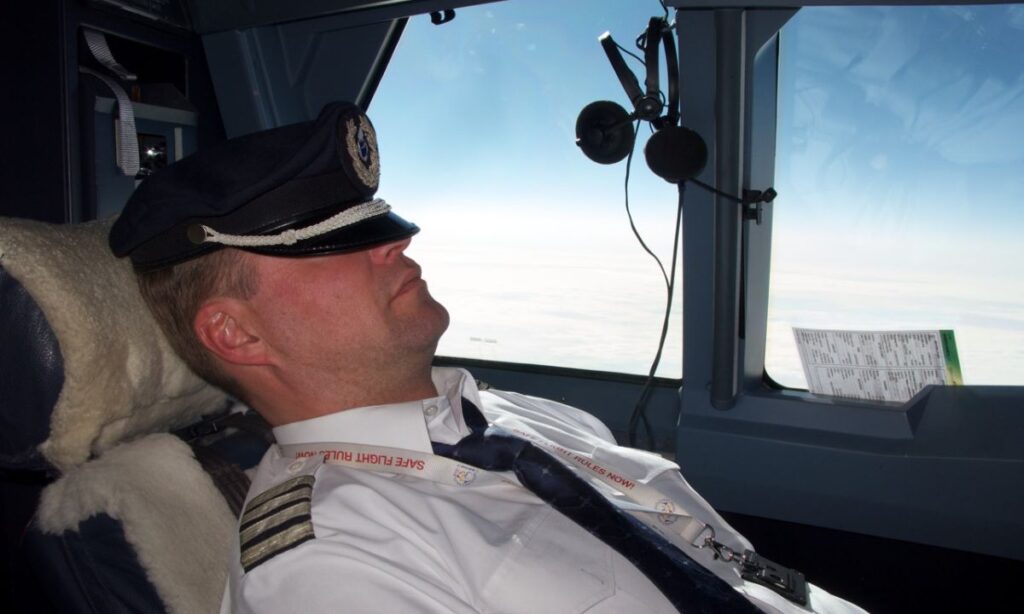The Difference Between Flight Attendant and Pilot Rest Rules
When we think about flying, we often picture the pilot in the cockpit and the flight attendants in the cabin. But behind the scenes, there are strict rules about how much rest both pilots and flight attendants must get. These rules exist for one big reason: safety. A tired crew means more risk, so rest is taken very seriously in aviation.
If you’re someone dreaming of joining the aviation industry, whether as a pilot or through an Air Hostess Course, understanding rest rules gives you a real picture of how professional and disciplined this career path is.

Why Rest Rules Matter
Pilots need to be fully alert because they’re responsible for flying and making critical decisions.
Flight attendants must also be well-rested since they handle passenger safety, emergencies, and customer care.
Both jobs are stressful in different ways, and that’s why rest requirements exist. This is also something you’ll learn about during training at the Best Airhostess Training institute in Delhi, where the focus is not just on service but also on safety knowledge.
Pilot Rest Rules
Also regulated: The FAA requires rest rules for flight attendants, but they’re slightly different.
Minimum rest: Flight attendants must now have at least 10 consecutive hours of rest between shifts (this rule was updated to give them the same rest as pilots).
Duty time: Their schedules can be long, often including boarding, deplaning, and delays, so their rest ensures they’re able to respond to emergencies.
Layovers: Flight attendants often spend rest time in hotels between flights, which can feel different from a pilot’s regulated sleep schedule.
👉 In short: flight attendants have similar rest hours now, but the details of how their workday is measured are a bit less strict than for pilots.

Air Hostess Rest Rules
Also regulated: The FAA requires rest rules for flight attendants, but they’re slightly different.
Minimum rest: Flight attendants must now have at least 10 consecutive hours of rest between shifts (this rule was updated to give them the same rest as pilots).
Duty time: Their schedules can be long, often including boarding, deplaning, and delays, so their rest ensures they’re able to respond to emergencies.
Layovers: Flight attendants often spend rest time in hotels between flights, which can feel different from a pilot’s regulated sleep schedule.
👉 In short: flight attendants have similar rest hours now, but the details of how their workday is measured are a bit less strict than for pilots.

Key Differences at a Glance
| Aspect | Pilots | Flight Attendants |
|---|---|---|
| Minimum Rest | 10 hours (must include 8 hours sleep) | 10 hours (recently updated to match pilots) |
| Duty Limits | 9–14 hours depending on time of day & flights | Varies, but generally more flexible |
| Regulation Focus | Alertness for operating the aircraft | Readiness for safety and passenger emergencies |
| Additional Factors | Fatigue risk management, time zones, night ops | Often deal with irregular hotel rest & delays |
Both pilots and flight attendants have demanding jobs that require them to be alert, calm, and ready for anything. Pilots face stricter limits because they control the aircraft, but flight attendants are equally important for passenger safety. That’s why today, both groups have strong rest rules in place to protect travelers and crew alike.
If you’re planning to build a career as a cabin crew, enrolling in the Best Airhostess Training institute in Delhi can help you learn not just about service but also about safety, discipline, and industry standards. A professional Cabin Crew Course prepares you for the real-life responsibilities that come with the glamorous world of aviation.





